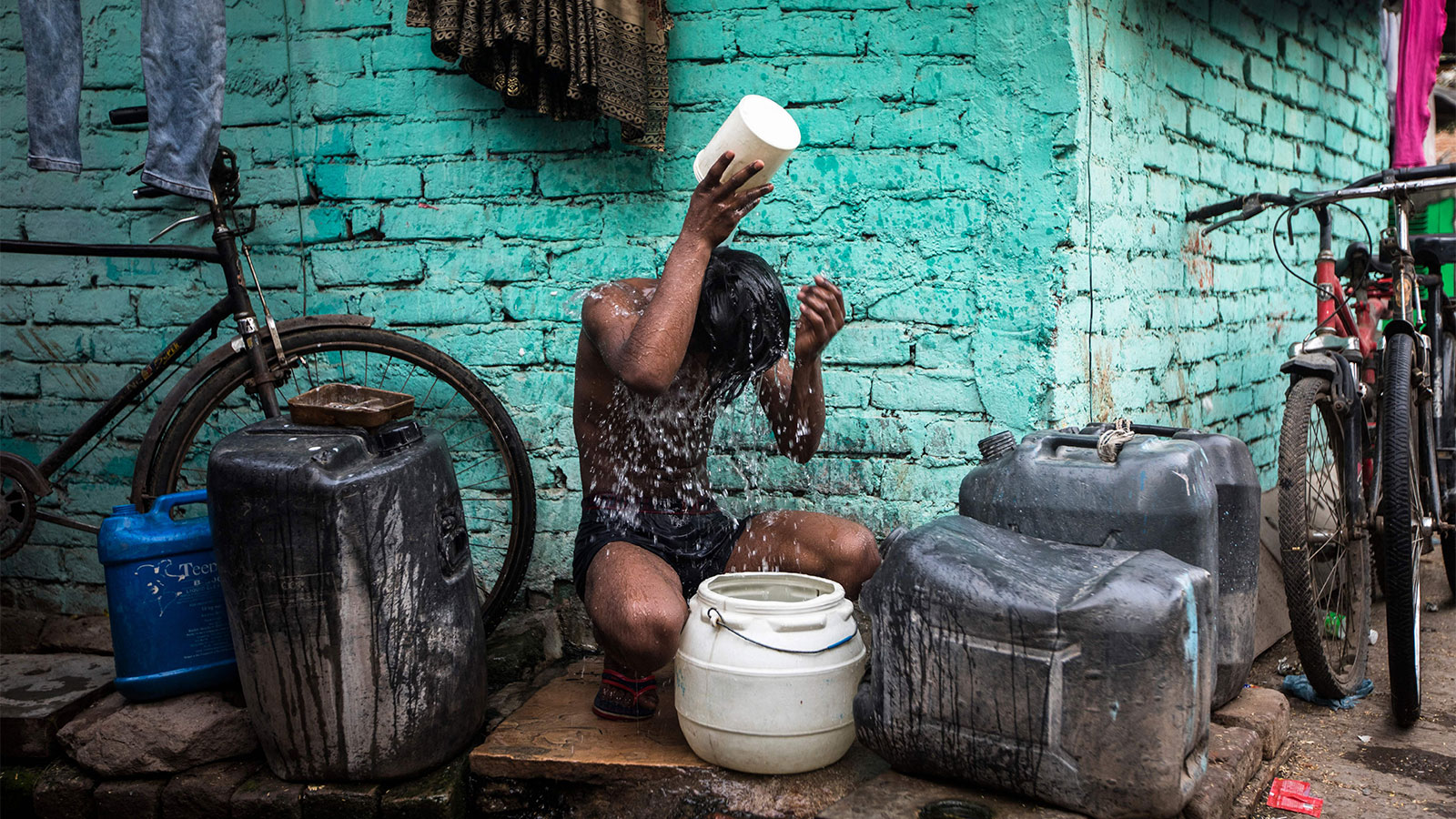A record-shattering heat wave is devastating parts of India and Pakistan, putting more than a billion people at risk and unleashing a surge of related problems. For decades, experts have warned that climate change would make heat waves like this more frequent and more intense — a prediction now playing out in real time.
Last month, northwest and central India experienced the hottest April since record-keeping began 122 years ago. On May 1, the temperature in Nawabshah, Pakistan, climbed to 121.1 degrees Fahrenheit, likely the hottest temperature recorded so far this year in the northern hemisphere. Other cities and towns across the region also suffered through record-breaking temperatures.
“This heatwave is definitely unprecedented,” Chandni Singh, a lead author for the Intergovernmental Panel on Climate Change, or IPCC, and a senior researcher at the Indian Institute for Human Settlements, told CNN. “We have seen a change in its intensity, its arrival time, and duration. This is what climate experts predicted and it will have cascading impacts on health.”
In the western Indian state of Gujarat, “we are getting many patients who have suffered heat stroke or other heat-related problems,” Mona Desai, former president of Ahmedabad Medical Association, told Reuters. She said that more than half of the patients were children — an age group particularly vulnerable to extreme heat — who were experiencing vomiting, diarrhea, abdominal issues, weakness, and other symptoms.
Early reports indicate 25 people have died of heatstroke in Maharashtra, a state in western India, since late March. The true toll across the region will likely be much higher; a recent study found that over the past 50 years heatwaves have killed over 17,000 people across the country. “This heatwave is testing the limits of human survivability,” Singh told CNN.
In some parts of India the demand for electricity has spiked, leading to widespread power outages. CNN reported that three out of five of Delhi’s power plants were critically low on coal last week, and that the country has canceled hundreds of passenger trains in a scramble to clear the tracks and expedite coal shipments.
The extreme heat has decimated agricultural areas, reducing yield from wheat crops by up to 50 percent in some areas and killing off nearly all fruit harvests in others. “We don’t know what to do,” Haji Ghulam Sarwar Shahwani, a farmer who grows apples, told The Guardian. “Farmers have lost billions because of this weather. We are suffering and we can’t afford it.”
In Pakistan, Sherry Rehman, the country’s minister for climate change, warned that glaciers in the northern region were melting quickly, and that flash floods caused by glacial lake outbursts could wreak havoc on mountain communities.
Disasters exacerbated by climate change are making life for over a billion people in India and Pakistan extremely challenging, though they have done little to cause the global problem. India and Pakistan are responsible for only a sliver of cumulative greenhouse gas emissions — about 3.4 percent and .7 percent, respectively. In recent years, India has emerged as a super-emitter due to its heavy reliance on coal, but its per capita emissions are less than 2 metric tons per year. (The U.S.’s per capita emissions are over 15 metric tons per year.)
The most recent IPCC report warned that the world must make “rapid and deep” cuts to emissions — achievable only if we immediately phase out fossil fuels — in order to stave off even worse consequences of climate change. Rehman told The Guardian that she hopes this deadly heat wave will serve as a wake-up call. “Climate and weather events are here to stay and will in fact only accelerate in their scale and intensity if global leaders don’t act now,” she said.



